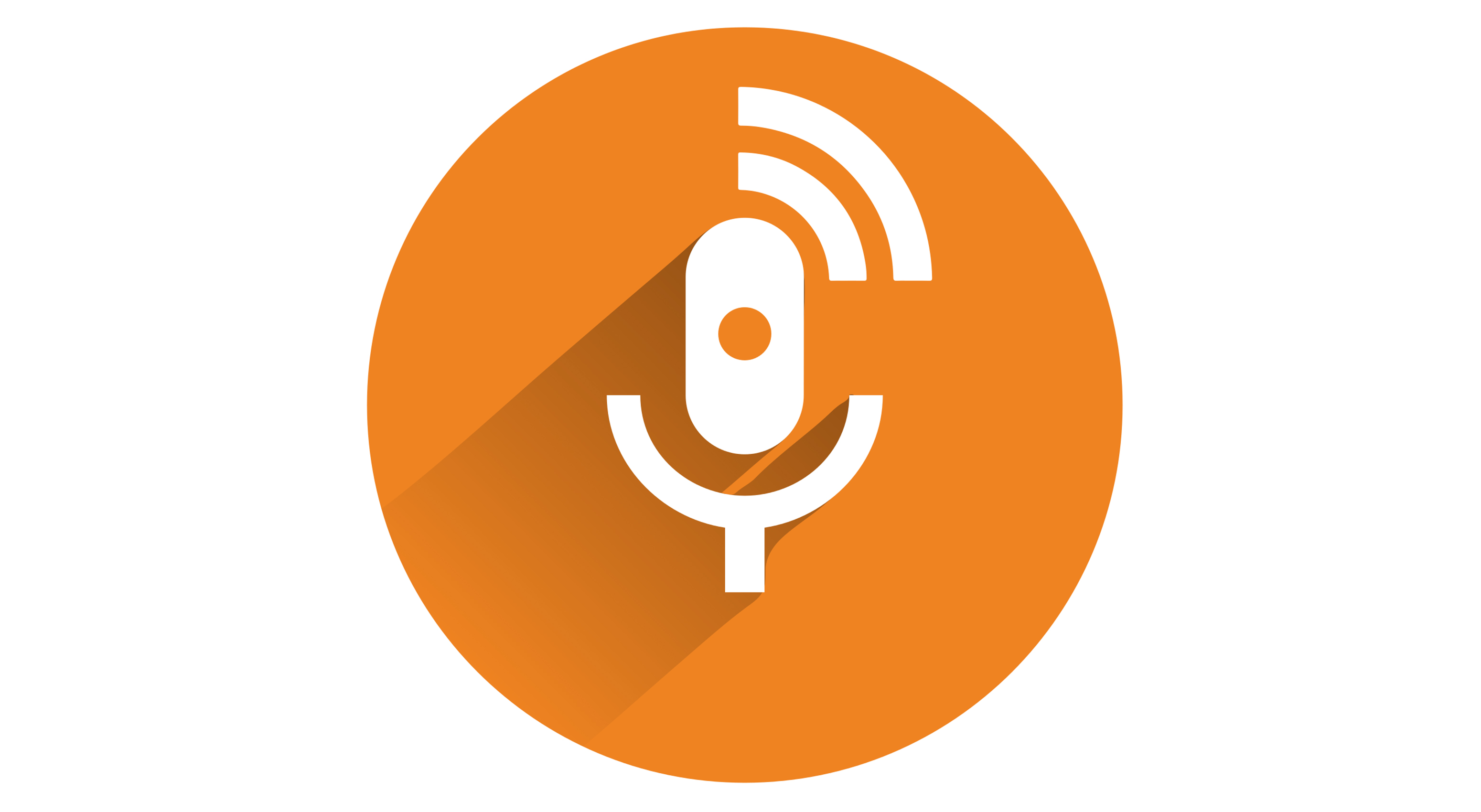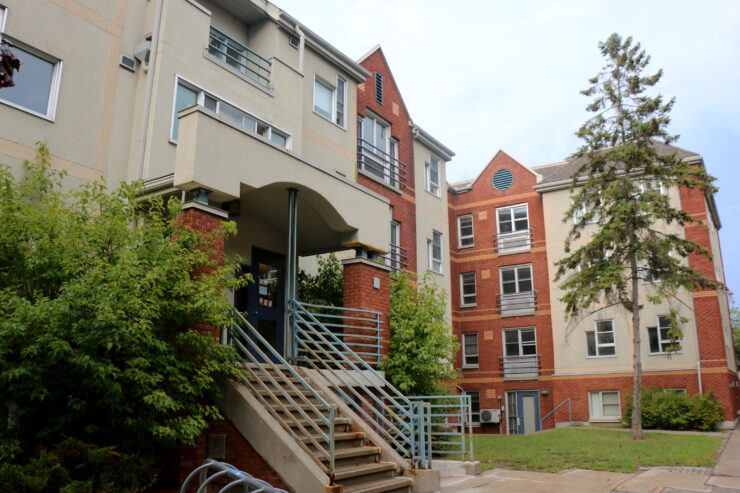Shaping listeners and creators beyond entertainment
Once upon a time, podcasts were simply a new and relatively accessible platform where people had a better chance of having their voices heard, but an obscure one which could never compete with more traditional forms of media, especially its close relative, the radio.
Those days are over: Podcasts have become a major mainstream media platform in and of themselves, and their creators are no longer only homegrown personalities. Massive media outlets such as the CBC, TSN, and the New York Times, along with countless others, have joined the podcasting world as well.
The number of devoted listeners, too, has exploded.
A study released in September by Ulster Media and Audience Insights found that 36 per cent of Canadians surveyed had listened to a podcast in the past year, and over a quarter listened monthly.
Dominie McGruer, a third-year international studies and modern languages student at the U of O, is one of these Canadians.
Podcasts “expand the mind,” she said.
McGruer, who regularly listens to the podcasts produced by the CBC and TED, along with the Getting Curious with Jonathan Van Ness podcast, began listening to podcasts because of their accessibility and the wide range of genres and topics they cover.
On the other hand, McGruer appreciates the niche interests that podcasts can cater to as well. For McGruer, spending time away from a screen while also learning about new information and topics is a major pro as well.
A community of grassroots creators, left behind?
On the other side of the hungry podcast consumer is the devoted podcast creator, and they aren’t just based within media organizations.
Barȃa Arar is one of the creators of an Ottawa-based podcast called The Watering Hole. Arar, along with co-creator and co-host Buraidah Aslami Razack, created the podcast from a place of frustration in regard to the media’s presentation of second-generation Canadians, Arar said. They use their podcast to help tell stories of what being a second-generation Canadian is really like.
“Podcasts are just more accessible, (they’re) a platform that needs fewer resources,” Arar said, explaining their reasoning to use podcasts rather than other media formats to tell their stories.
With less time and money put into the technical side of things, podcasting allowed them to focus most of their efforts on the content itself, to create what Arar called “active, accessible, community-based podcasts.”
But in the midst of the recent “podcast boom,” Arar is very skeptical about the future of podcasting.
“It used to be an even playing field, but has now become a very challenging market,” Arar said, noting how the emergence of large media corporations in the podcasting market has made things very difficult for smaller podcasts such as The Watering Hole, now on its sixth season.
Podcasts used to be a platform people could use when they had no other means of telling their story, Arar said, but the big corporations that have entered the market have begun to push out smaller competitors.
Arar compares the current state of YouTube as what podcasts are starting to move towards.
YouTube was once a source for unique content from independent creators, but once big corporations entered and subsequently dominated the market, they filled YouTube with replicated content. Arar fears that soon big corporations will completely take over the podcast market as well, which could lead to the death of smaller, original podcasts such as The Watering Hole.
Not your typical podcast
But the scope of podcasting reaches much further than just the media and entertainment sphere.
In a time when students are faced with more and more class options, Alireza Jalali, a medicine professor at the U of O, decided to bring podcasts into the classroom to add a unique spark to his teaching.
Jalali first began using podcasts for his lectures in 2006 along with a number of other professors. While the other professors who adopted podcasting dropped the idea within the next few years, Jalali continued on with the trend.
Jalali’s podcasts are essentially condensed versions of his lectures made available to his students to listen to before lectures. In turn, lectures are used primarily as discussions about the content in the week’s podcast. His podcasts now total more than 300,000 downloads.
But Jalali’s experiment with new teaching formats didn’t begin with podcasts—he first tried using videos, in which he found very little success.
At the time, Internet speeds were slow and a podcast approach proved to be both more mobile as well as more accessible, he said—students can take notes while listening to the lecture podcasts, and they could also listen to them if they’re on the move.
This style of teaching gives students an “active rather than passive (form of) learning,” Jalai said. And while Jalali notes the traditional lecture style may seem more easy-to-follow or easier to study with, he said his podcast approach has yielded significantly better testing results than your typical lecture-style classroom. Additionally, Jalali said his students are significantly happier with his lecture style.
In fact, Jalali is so impressed with his podcast experiment that he sees them potentially replacing lectures in the near future.
“Internet radio” no more…
So while podcasts might have begun as a more obscure media platform, a type of “Internet-radio” at best, they’ve now taken off, to say the least, and there’s no telling where they might go next.
From murder mysteries to touchingly personal essays and beyond, the world of podcasts provide an incredible variety of topics for listeners to explore. And as Jalali makes clear, podcasts aren’t just for entertainment either—they’re a powerful educational tool.
It remains to be seen whether the podcasting boom will become dominated by global media outlets and even podcast-dedicated companies—leaving independent creators behind.





